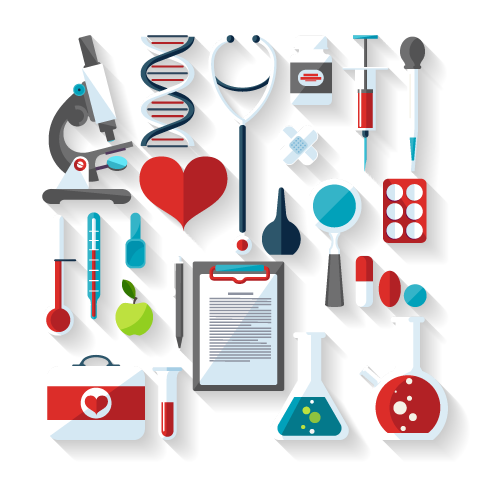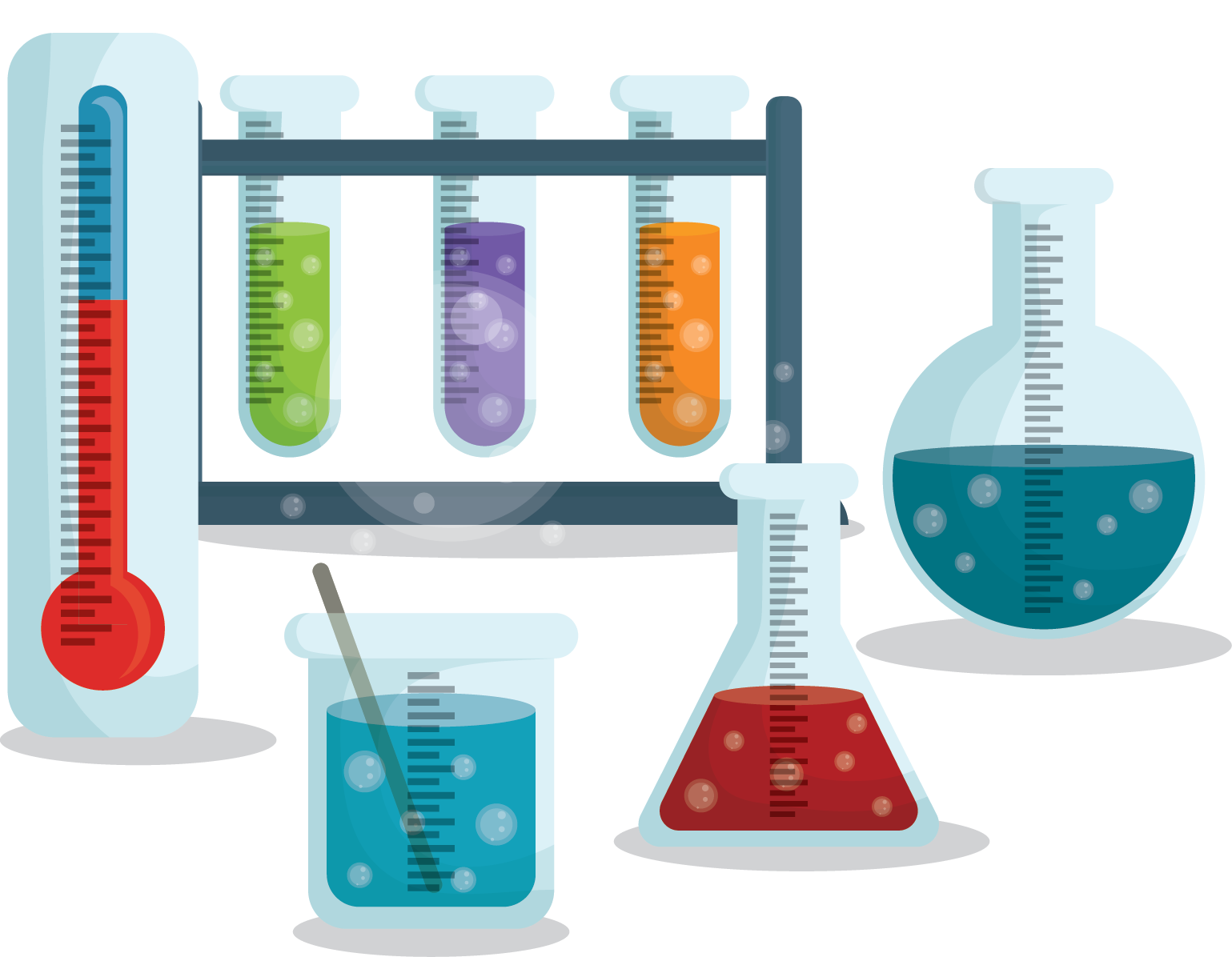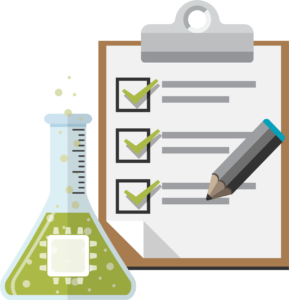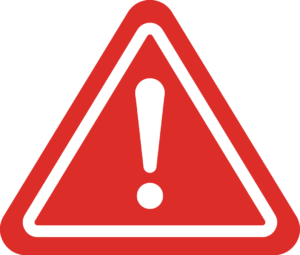Still Exploring?
Looks like you’ve been exploring our platform.
Want to see everything in one place?


The European Union (EU) Medical Device Regulation (MDR) (2017/745) replaces the EU Medical Devices Directive, and establishes a regulatory framework for medical devices that safeguards public health and safety while supporting the competitiveness of the market. The EU MDR came into force on May 26, 2021.




The Regulation (EU) 2017/746 of the European Parliament and of the council of 5 April 2017 on in vitro diagnostic medical devices and repealing Directive 98/79/EC and Commission Decision 2010/227/EU is similar to the Medical Device Regulation (EU) 2017/745, but there are several notable differences companies should know.
The In-Vitro Medical Device Regulation (EU) 2017/746 applies to in-vitro medical devices and excludes medical devices where the integral part of the product is covered under the EU Medical Device Regulation. While this regulation names the same chemicals as the Medical Device Regulation (EU) 2017/745, it only indicates they are receiving “special attention.” It is important to note compliance with this Regulation does not require chemical reporting, but this information can be collected if it supports a company’s internal due diligence efforts for product compliance.


The Medical Device Regulation (EU) 2017/745 restricts certain substances known to be carcinogenic, mutagenic or toxic to reproduction above a specified threshold, as well as certain substances known to have endocrine-disrupting properties, in the production and design of devices in the medical industry. The regulation mandates if such substances are present, they must be clearly labeled on the device itself and/or on the packaging. There are certain cases in which companies must also provide precautionary measures, such as when the device is intended to treat children or pregnant women. In order to facilitate compliance, companies in scope of the regulation should ensure they are aware of the full composition of their products to determine if the devices they manufacture, or their subsequent parts and materials, contain any of the substances restricted by the regulation over the specified threshold.
Assent’s EU MDR solution allows companies to identify and report on substances in all medical devices sold into the EU, including: